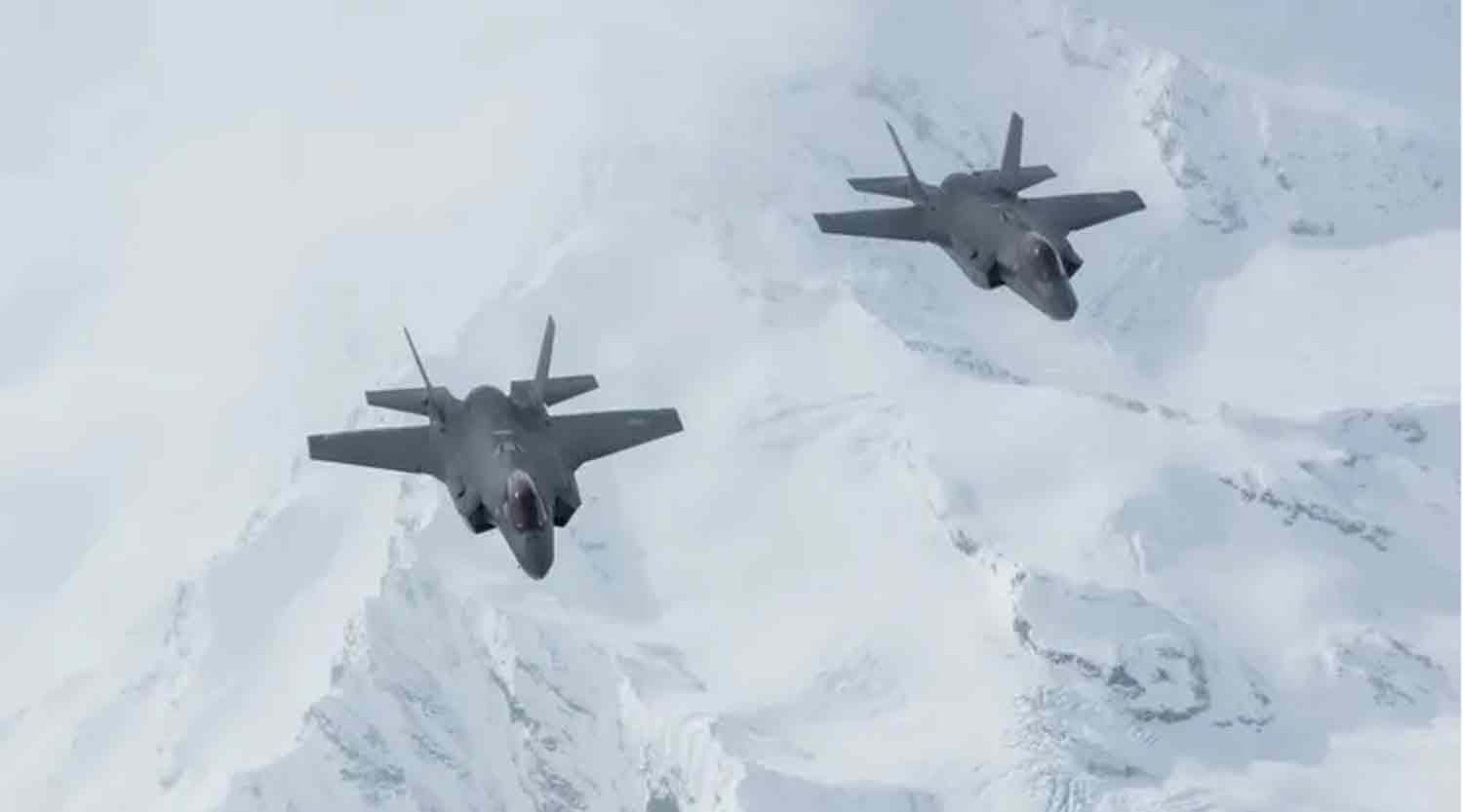Russia is reportedly increasing the production of its Prince Vandal Novgorodsky (KVN) fiber-optic cable-controlled FPV (First Person View) kamikaze drones. Several drone assembly facilities are being established throughout the European region of the country.
Each plant will focus on assembling a specific variant of the drone tailored for particular combat missions, utilizing components sourced from local manufacturers that are relevant to those missions.
The Vandal drone was created in Novgorod by the Ushkuynik center and marks a notable advancement in drone warfare technology.
In contrast to conventional drones that depend on radio frequency communication, the Vandal employs a fiber-optic control cable.
This wired connection makes its communication link nearly impervious to electronic jamming and interference. Additionally, the drone’s digital flight control systems are designed to resist jamming.
As a result, the Vandal can effectively operate in environments filled with electronic countermeasures.
A recent battlefield video showcased the Vandal flying near a Ukrainian Armed Forces pickup truck equipped with an electronic warfare system before successfully targeting a German-supplied Leopard main battle tank.
Other key benefits of using a fiber-optic cable include high bandwidth, low latency communication, stealthy operation, and the capability to fly at very low altitudes.
The fiber-optic cable establishes a high-bandwidth connection between the operator and the drone, enabling real-time, uncompressed visual feedback. This significantly improves the operator’s situational awareness and targeting accuracy.
Since the Vandal utilizes a fiber-optic cable for communication, it does not emit any radio frequency energy. Additionally, its electric motors operate at a very low noise level, making them nearly inaudible even at close range. The combination of no radio frequency emissions and the quiet operation of its motors minimizes the drone’s visibility to enemy surveillance and defense systems.
These stealth features allow the drone to infiltrate enemy defenses and access high-value targets without being detected early.
Drones that rely on radio frequency control must ascend to higher altitudes as they move away from their control station to maintain line of sight. In contrast, the Vandal is not subject to this limitation.
Recent battlefield footage frequently shows the Vandal hovering at altitudes of 2 to 10 meters above the ground, monitoring enemy activities. Russian forces have been reported to use the drone as a covert observation platform within enemy territory.
During reconnaissance missions, the drone can be stationed at a strategic location to monitor enemy movements. If it becomes detected or its battery is low, the drone can easily retreat.
Operational Capability
The drone is equipped with both a thermal imager and a camera, enabling effective operations during the day, at night, and in low-visibility conditions. It has the capacity to transport a payload of 3.5 kg over distances ranging from 6 to 10 kilometers.
The Vandal is specifically engineered to target and neutralize enemy unarmored military assets, armored personnel carriers, command centers, air defense and missile defense installations, as well as electronic reconnaissance and warfare systems, and logistical support facilities.
This drone was first unveiled in Kursk on August 13, 2024, shortly following the initiation of the Ukrainian offensive in that area.
Prior to the introduction of the Vandal, the use of fiber-optic cable for control was not pursued due to concerns that it might become entangled with the surrounding terrain, vegetation, or structures. However, these concerns have been found to be largely unfounded. While the fiber-optic cable is delicate, it does not easily become tangled or break; it is primarily susceptible to damage when subjected to excessive bending.
As stated by Alexey Chadayev, the general director of Ushkuynik, statistical data indicates that instances of fiber-optic breaks are minimal, averaging only 1 to 2 occurrences per 10 launches.
Limitations of Fiber-Optic-Controlled Drones
The production of fiber-optic-controlled drones presents several challenges, primarily due to their restricted payload capacity and limited operational range, which is confined to short distances.
As previously mentioned, fiber optic cables are more delicate than traditional electrical wires. They require careful handling to endure the physical stresses encountered during flight, such as vibrations, bending, and potential collisions.
The operational range of the drone is directly influenced by the length of the fiber optic cable. Increasing the cable length results in additional weight, making it difficult to maintain a lightweight system.
The Vandal model is equipped with a fiber-optic cable spool that unwinds as the drone moves away from the operator. This spool contributes considerable weight, negatively impacting the drone’s payload capacity and operational range. Efforts to extend the drone’s range by lengthening the cable only serve to increase its weight, which in turn affects flight dynamics and accelerates battery consumption.
Moreover, utilizing a longer cable introduces additional challenges. Over extended distances, the light signals transmitted through fiber optics can diminish, potentially compromising the effectiveness of control signals and data transmission.
The application of fibre-optic-controlled FPV drones, while versatile and effective, is expected to remain restricted to areas near the line of contact.
Ukrainian Fibre-Optic-Controlled Drones
Ukraine has initiated the deployment of fibre-optic-controlled FPV drones; however, Russia has a significant advantage in the operational readiness of the Vandal, having conducted nearly six months of operations and possessing a greater number of drones within their arsenal.
Conclusion
The Vandal has demonstrated considerable effectiveness as both a kamikaze and reconnaissance drone. Currently, its deployment by Russian forces has been limited, primarily to the Kursk region. The constraints on the number of available drones and the personnel trained to operate them appear to be the main factors hindering broader usage.
Utilizing fibre optics instead of radio frequency communications increases the cost of the drone significantly.
An increase in Vandal production will not only facilitate more extensive use by Russian forces but will also contribute to cost reductions.
Discover more from Defence Talks | Defense News Hub, Military Updates, Security Insights
Subscribe to get the latest posts sent to your email.





